EXTRA 5% OFF ON ALL ONLINE PAYMENTS!
The shirt has remained largely unchanged over the past half century - but that hasn't always been the case. Detachable sleeves for flirting? Shirt blouses as underwear? Over the years, this garment essential has evolved in fascinating and sometimes fun ways.
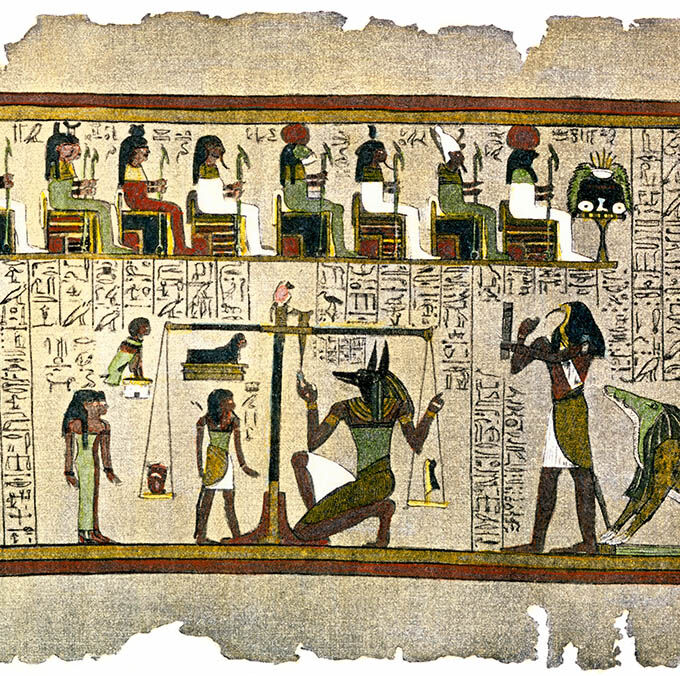

approx. 3,000 BC Chr.
Walk like an Egyptian
The shirt has been around for a surprisingly long time. Because the oldest preserved piece of clothing in the world is a linen shirt from ancient Egypt.
13. -15. Year
Good morning, good knight
In Europe, detachable sleeves are considered chic. Women wear them in various combinations, sometimes taking off a sleeve and presenting it to a suitor to show their affection.
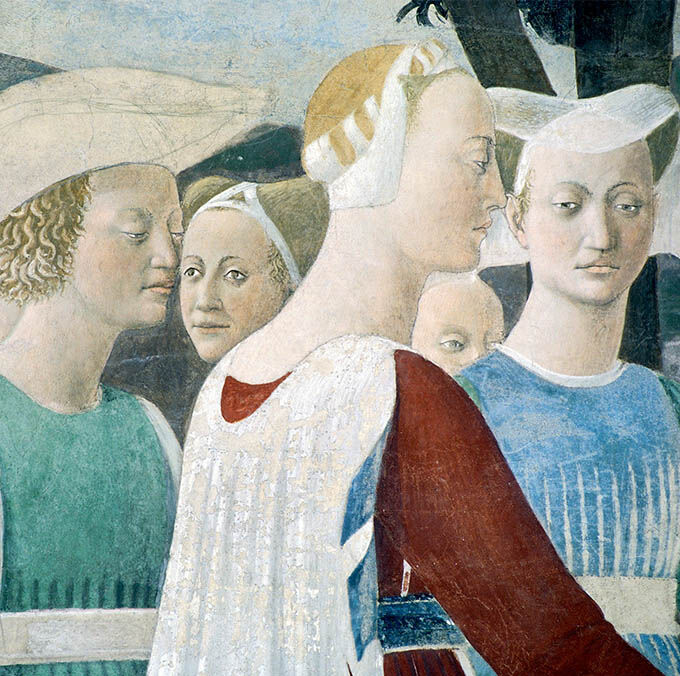

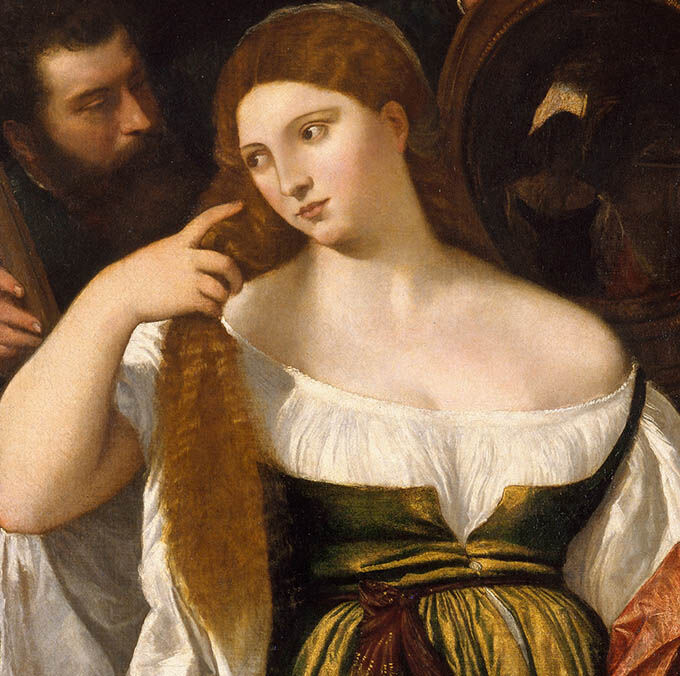

Post-Renaissance period
Too posh to dress yourself
Here we have the obscure beginnings of a shirt convention that we still know today: women's shirts are buttoned to the left, men's shirts to the right. Allegedly ladies of state had the habit of having their shirt buttoned by a servant, which is of course easier for a right-handed woman from the left side. Men, on the other hand, dressed without assistance.
1583
Robe thoughts
"One doesn't change one's religion as easily as one's shirt," said King Henry IV, who ruled England at a time of intense religious trench warfare.
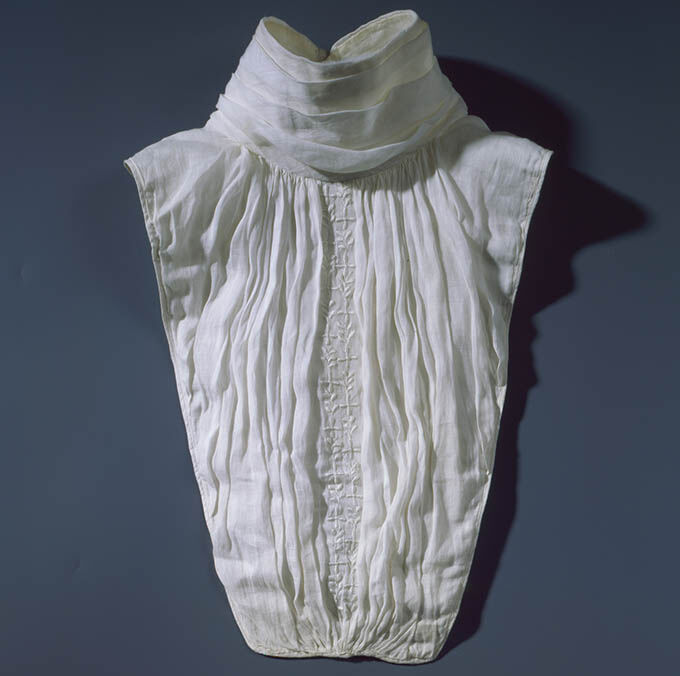

16th - 18th century
The origins of the crop top
The "half-shirt" or "pretend" was a popular item of clothing for men at the time. As a purely decorative layer, it only covered the upper chest area and was worn over a shirt that was not classy enough for the occasion or that needed washing.
Early 18th century
Top and tails
he men's shirt from this era falls below the upper body, with the corners also functioning as underwear.
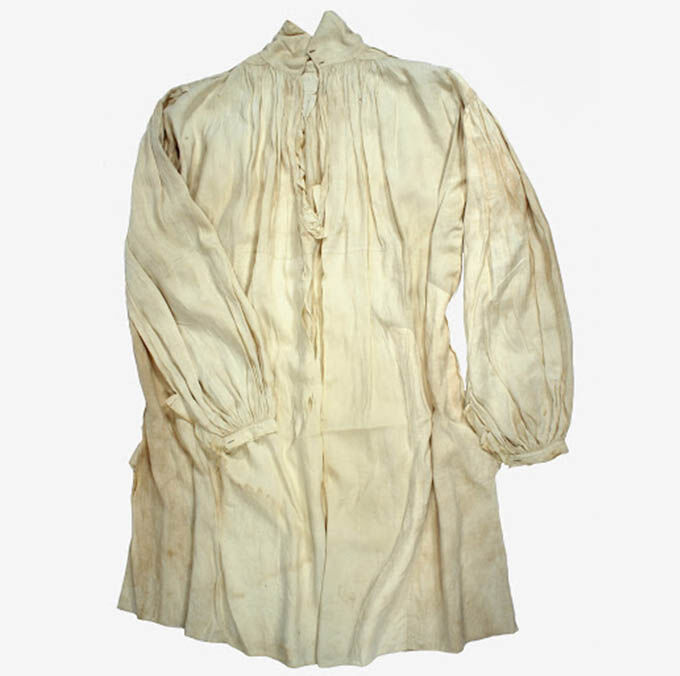

1771
The Enlightenment
The expression "to give someone their last shirt" is documented for the first time - an idiom that indicates the greatest despair, but also generosity and is still in use today.
Early 18th century
Ruffles make the man
hThe long lace flounce - also known as a jabot - is a fashionable accessory for a man's shirt and is pulled over the head.
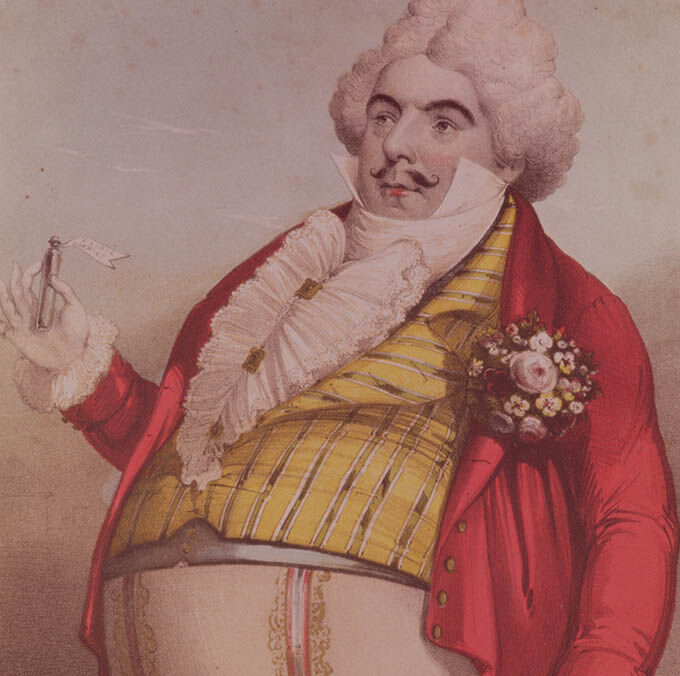



1827
On a knife edge
Hannah Montague, a housewife in northern New York, invents the detachable collar. Tired of always washing shirts, she cuts off the collars of her husband's shirts and invents a way to fasten them back to the collar after washing.
1840
Brummell is causing a sensation
Beau Brummel dies at the age of 61. The English dandy revolutionized men's style with a more streamlined, tailored look. Central element: bright white linen shirts with high collars.
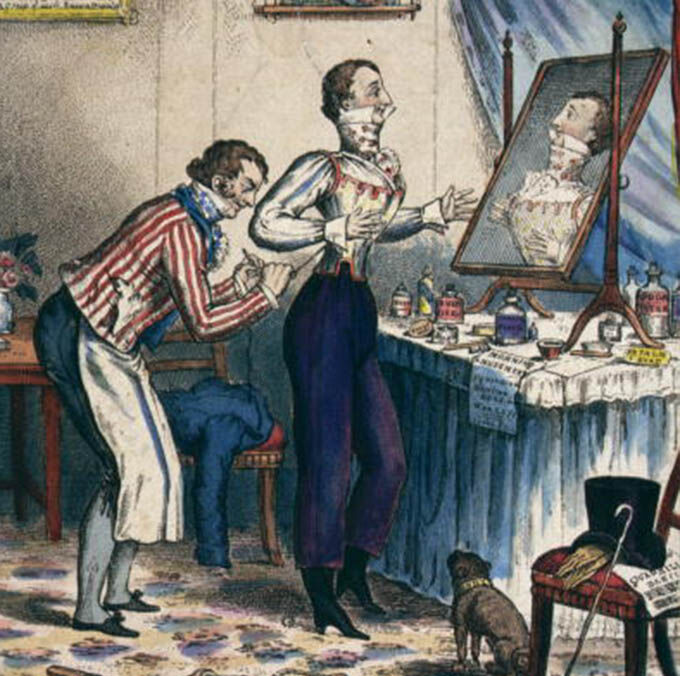

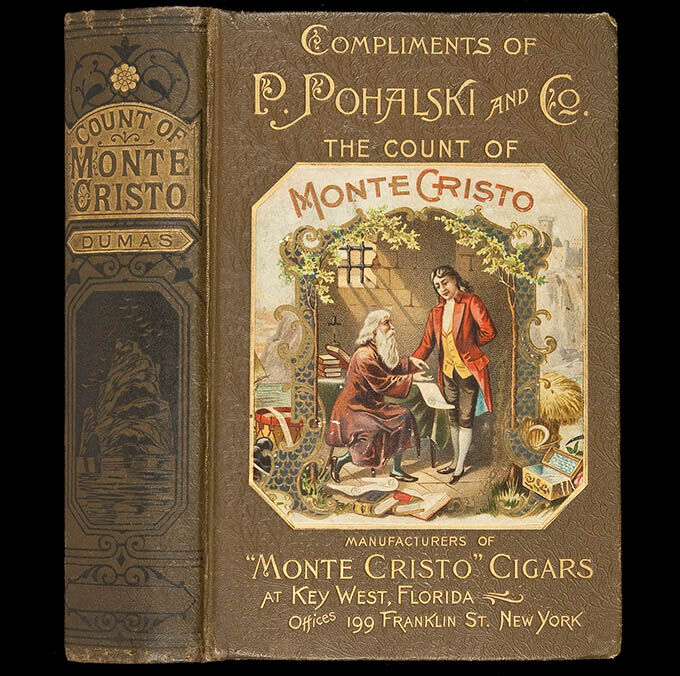

1845
Cloak and sword
The French cuff first made a name for itself in literature, in Alexandre Dumas' Count of Monte Christo - although this style is actually an English invention.
Mid 19th century
Chic and easy to care for
In this era, sleeves and collars on the suit shirt are basically removable and can therefore be cleaned separately.
1871
Loads of buttons
The clothing manufacturer Brown, Davis & Co. has a shirt patented with a row of buttons extending all the way down.
In the same year the "epidemic" of the "Monogrammaniker" is mocked in an article in a popular magazine. The rising masses put initials on virtually everything, including their shirts, and not just to identify the owner of clothes to be washed (which was the real - and practical - purpose of monograms).
1880s
New money, new shirt
Industrialization creates enormous wealth in Europe and leads to the "Gilded Age" in America. Extravagant dinner outfits are the order of the day. Industry tycoons wear shirts with rolled-up "wing" collars that have decorative rivets at the front and buttons at the back. At the end of the 19th century the button-down collar did not yet exist; instead one speaks of the "polo shirt" because it is worn by the players of the elite sport in question. The collar tips are attached directly to the shirt so that they do not flutter in the player's face.
19th to early 20th century
Can you keep something to yourself?
Frugal contemporaries prefer "chest shirts", which consist of a collar and shirt front made of shirt material; the rest of the under the jacket is made of cheaper material
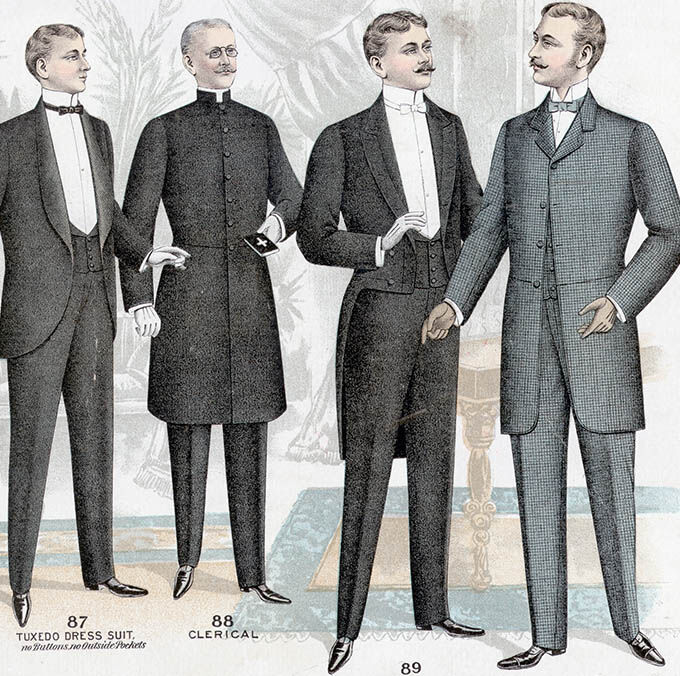

Turn of the 20th century
High fashion
The high collar often seen on portraits from this era is actually a holdover from the Victorian era. Although long out of fashion, a high, stiff collar still gives the impression of formality.
Early 20th century
Reunification
With the rise of the washing machine in the home, the soft, firmly sewn collar begins to displace the removable collar. Because the machines make washing the entire shirt much easier (and cheaper).
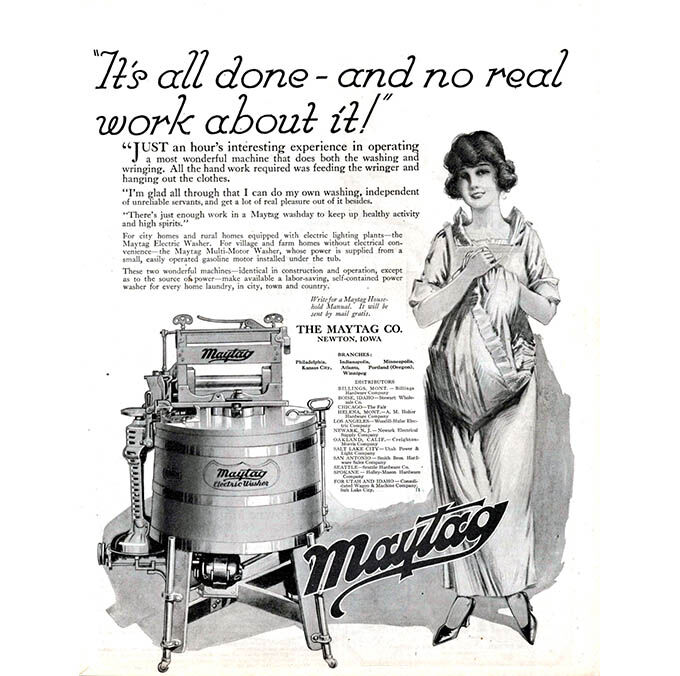

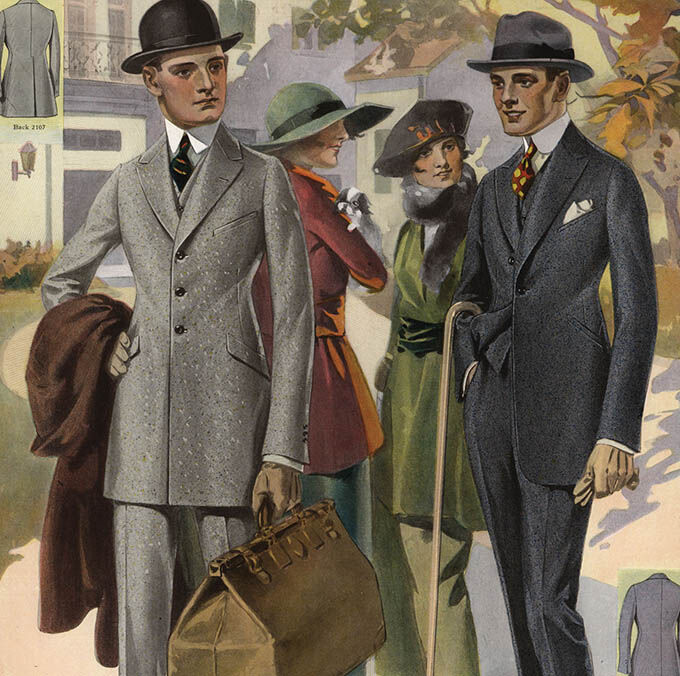

1920s
Driven to extremes
The lace collar begins to dispute the position of the round collar as the most typical style feature in the field of men's business clothing.
1924
Feeling blue
First documented use of the term "blue-collar worker" to refer to an employee in a blue work suit. The color of the shirt is an important class characteristic here. The "white collar" employee - so called because he works in a higher position and doesn't get his shirt dirty so quickly - is already known.


Late 1920s
A question of color
The monochrome suit shirt is becoming the standard in daywear at work. The old standard, i.e. a shirt torso with a contrasting white collar and cuffs, remains an item of choice for formal clothing.
The 1930s
Stays for Days
Collar stiffeners become popular for the first time. However, these early accessories are more like tie clips than the tiny chopsticks we know today. They are used to attach the collar tips to the tie and thus fix them.


The second World War
A war with wool
In the USA, dress shirts are made from synthetic fibers (rayon, nylon, viscose, etc.) for the first time, as wool is a material that is heavily used by the military sector.
The 1950s
Not exactly atomic physics
The short-sleeved suit shirt sees the light of day. In combination with a tie, it is particularly popular with NASA staff and a new generation of tech-crazy office workers.


Late 1960s
It was nice with you, vest
As a direct result of the decline of the vest, the breast pocket appears for the first time on men's shirts.